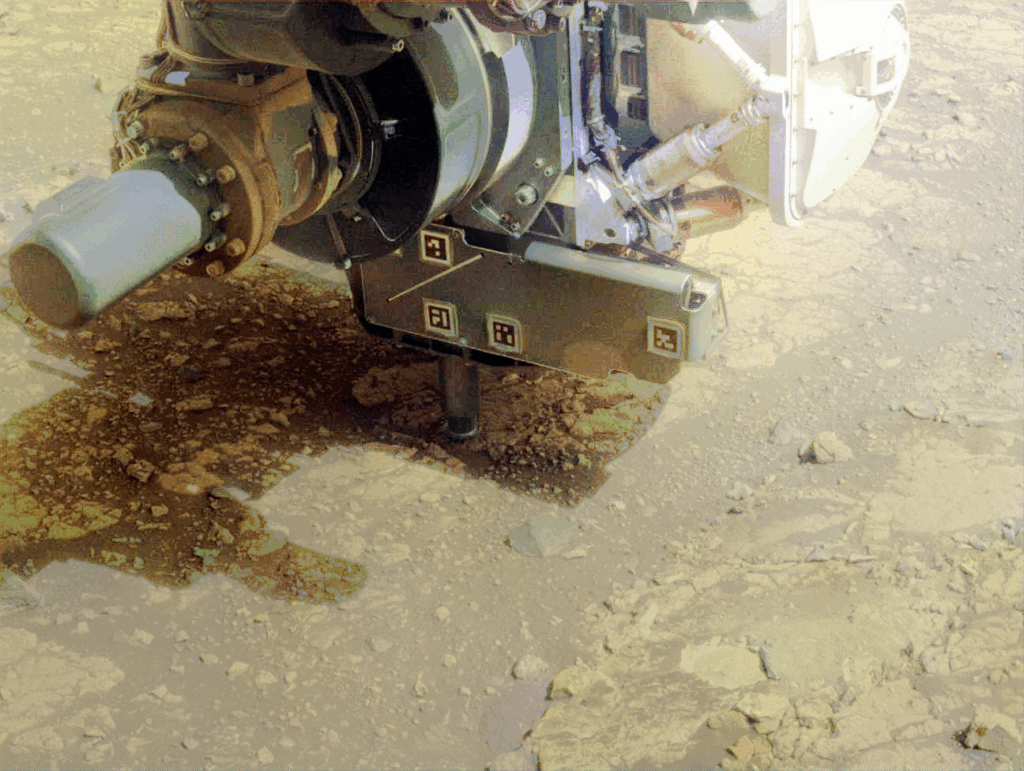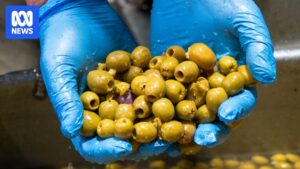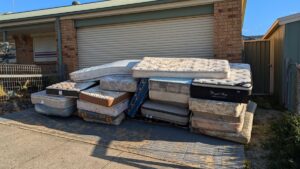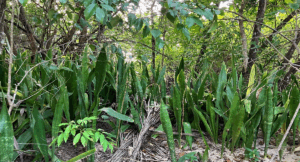
NASA’s Perseverance rover continues its groundbreaking mission on Mars, as it scours the Red Planet’s surface for scientific insights. On June 10, the rover used its abrading bit to delve beneath the surface of a rocky outcrop nicknamed “Kenmore,” revealing the geological secrets hidden just below the surface. This marks the 30th Martian rock that Perseverance has analyzed in detail, beginning with a two-inch-wide abrasion patch.
The rover’s efforts to uncover Mars’ geological history are part of a broader mission to understand the planet’s past, including the presence of water and potential habitability. “Kenmore was a weird, uncooperative rock,” remarked Ken Farley, Perseverance’s deputy project scientist from Caltech. Despite its challenging nature, the rover successfully obtained the necessary data to move forward with analysis.
Unveiling Mars’ Geological Past
The Perseverance rover’s mission is to get beneath the weathered, dusty surface of Martian rocks to uncover their composition and history. Grinding away an abrasion patch allows the rover’s instruments to closely examine the rock’s interior. This close-up view provides critical insights into Mars’ geological past, as well as its potential for past life.
On June 5, the rover’s WATSON imager captured distinctive “tool marks” created by the abrading bit, providing a detailed view of the rock’s surface. The rover’s suite of instruments, including SuperCam and SHERLOC, then analyzed the mineralogical composition of the rock, revealing the presence of clay minerals that contain water as hydroxide molecules bound with iron and magnesium.
Advanced Tools for Exploration
NASA’s previous Mars rovers, Spirit and Opportunity, utilized a diamond-dust-tipped grinder known as the Rock Abrasion Tool (RAT) to study Martian rocks. In contrast, Perseverance employs a purpose-built abrading bit and the Gaseous Dust Removal Tool (gDRT) to clear debris. The gDRT uses nitrogen gas puffs to remove dust, offering a significant advantage over traditional wire brushes by preventing terrestrial contamination.
“We use Perseverance’s gDRT to fire a 12-pounds-per-square-inch puff of nitrogen at the tailings and dust,” explained Kyle Kaplan, a robotic engineer at NASA’s Jet Propulsion Laboratory. “Since landing at Jezero Crater, we’ve puffed 169 times, with approximately 800 puffs remaining in the tank.”
Discoveries and Implications
Perseverance’s analysis of Kenmore revealed the presence of clay minerals and feldspar, a mineral that brightens the Moon’s surface. The PIXL instrument detected a manganese hydroxide mineral, marking the first identification of this material during the mission. These discoveries contribute to our understanding of Mars’ geological history and its potential for past life.
“The data we obtain now from rocks like Kenmore will help future missions,” said Farley. “They’ll have a much better idea whether you can easily drive over it, sample it, or use it as construction material for a habitat.”
Looking Ahead: The Road to Discovery
As Perseverance continues its journey across Mars, it recently set a new record for the longest autonomous drive, traveling 1,348 feet on June 19. This achievement underscores the rover’s ability to navigate the Martian terrain efficiently, allowing scientists to focus on areas of scientific interest.
The rover’s ongoing mission promises to unlock further secrets of Mars, paving the way for future explorations and potentially, human habitation. As the Perseverance rover delves deeper into the mysteries of the Red Planet, each discovery brings us closer to understanding our celestial neighbor and the possibilities it holds.







